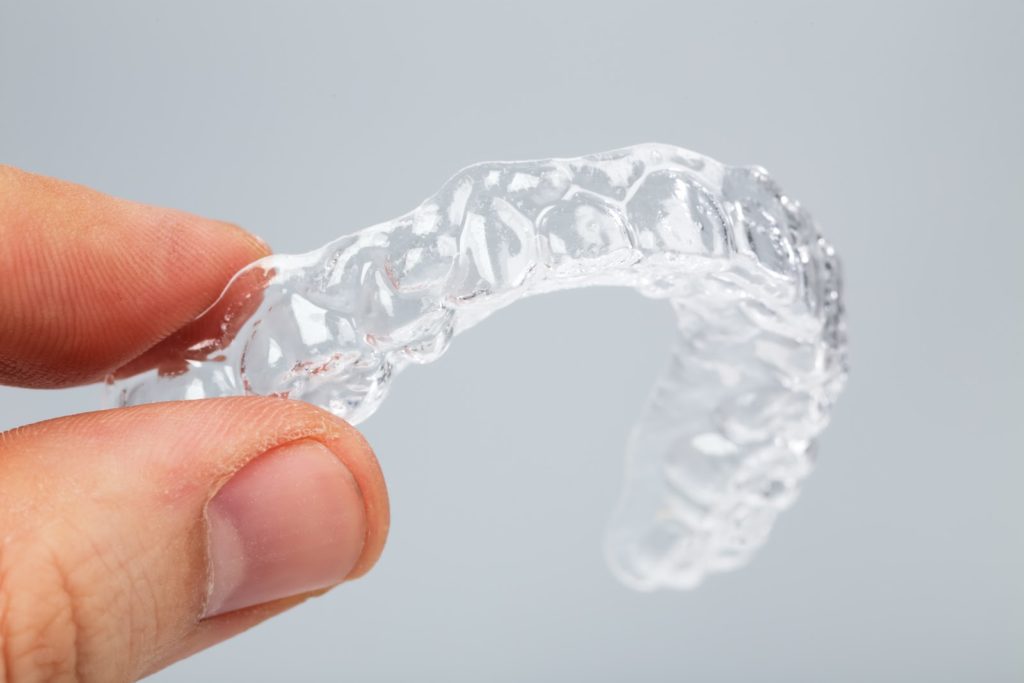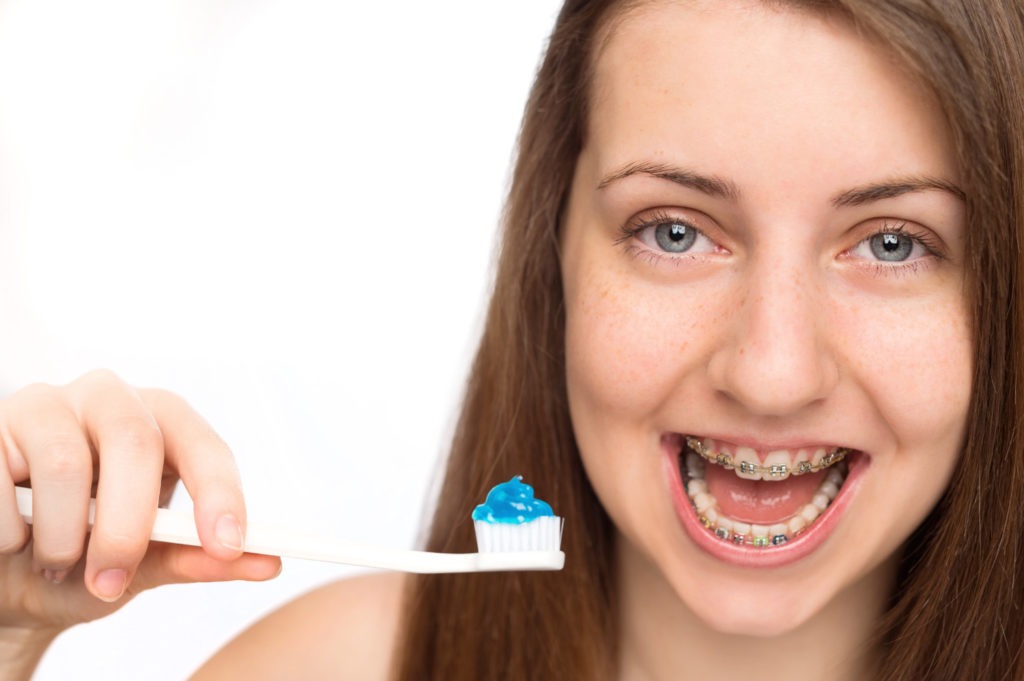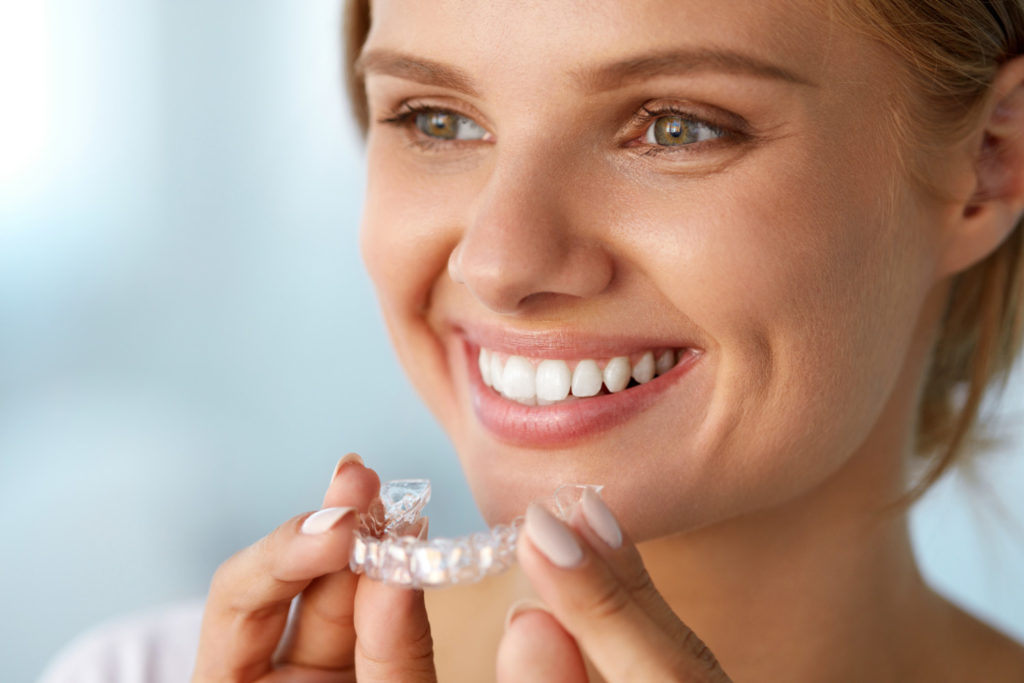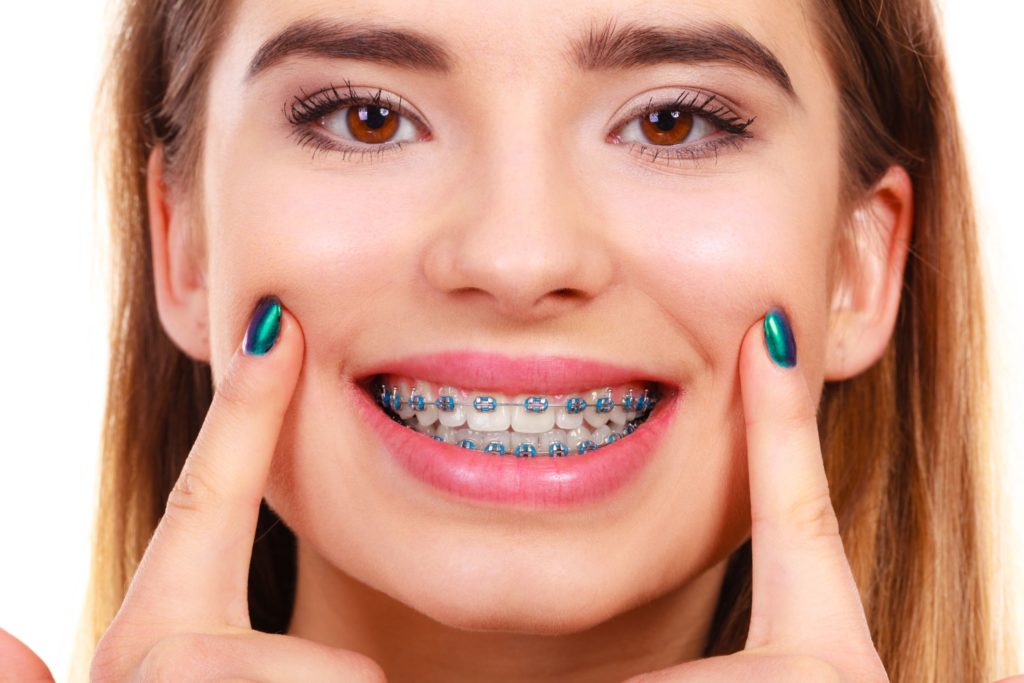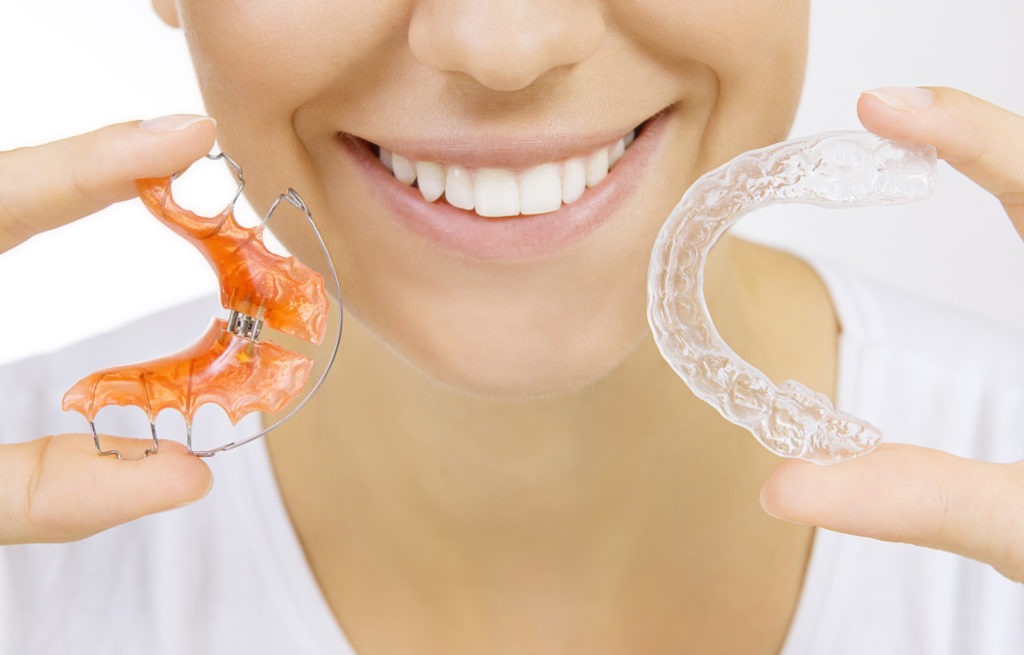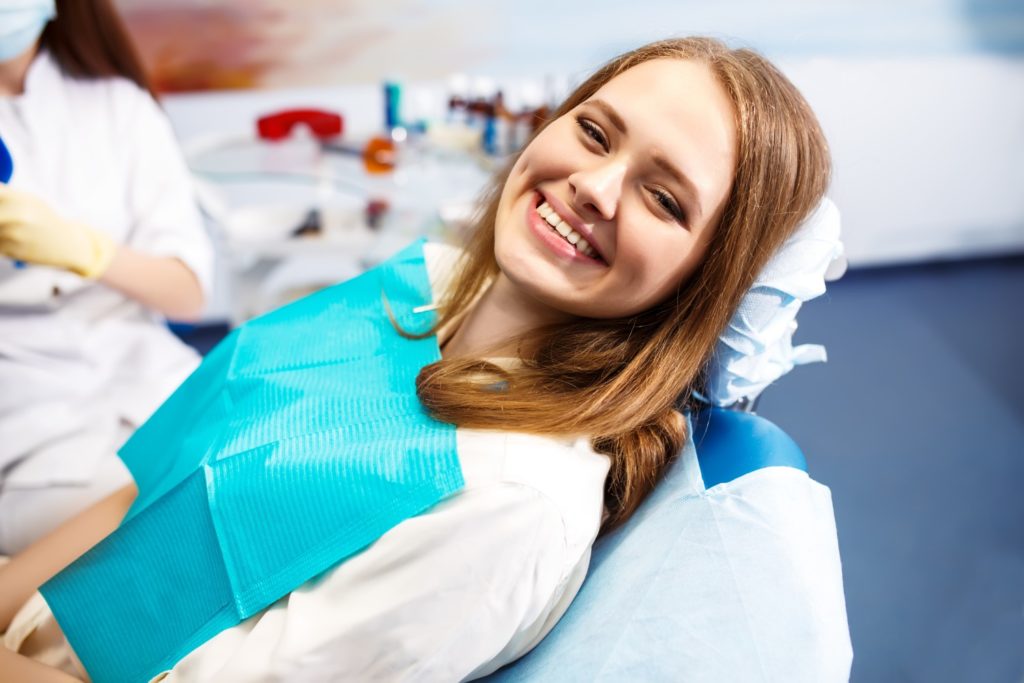One of the most exciting things about getting braces is looking forward to the day that you get them off. The goal is that when we remove your brackets, we’ll reveal perfectly straight, pearly white teeth and a bright and shining smile. Although getting your teeth straight is our job, the pearly white part? That’s your responsibility, and it requires knowing how to brush your teeth with braces.
Whether you’ve just gotten your braces or you’ve been wearing them like a pro, it can be difficult to know if your teeth are truly being cleaned beneath all those brackets and wires. Between worrying about harming your braces and making sure your teeth stay bright and white, the process may feel overwhelming, but don’t worry! The Szymanowski Orthodontics team has all the oral hygiene tips and tricks you need to make sure brushing with braces is a breeze.
Brush After Every Meal
It may feel like second nature to brush your teeth morning and night. However, when braces come into the picture, the best way to ensure your teeth are clean is to brush them after each meal. The reason is that plaque can form quickly after eating, and plaque has a lot more places to hide when braces and wires and rubber bands are on your teeth. Brushing after every meal means plaque never gets the chance to form, and even if you do miss a section when brushing, you are much more likely to clean it later if you are brushing your teeth more often.
Use Your Home Care Kit
The day we put your braces on, Szymanowski Orthodontics will give you a goody bag filled with helpful tools that will help you keep your teeth clean. The essential items included in this kit are a toothbrush, proxabrush, and floss threader. Each of these tools allows you to clean around and between each bracket and tooth.
A soft-bristled toothbrush is your recommended tool for brushing. The soft bristles protect the metal on your brackets. Your proxabrush is designed to scrub between brackets and underneath the wires so that you don’t have to worry about missing any sections. Some orthodontic toothbrushes even come with a proxabrush head.
Your floss threader works like a needle to help you to floss beneath the wires to remove all food particles and hidden plaque.
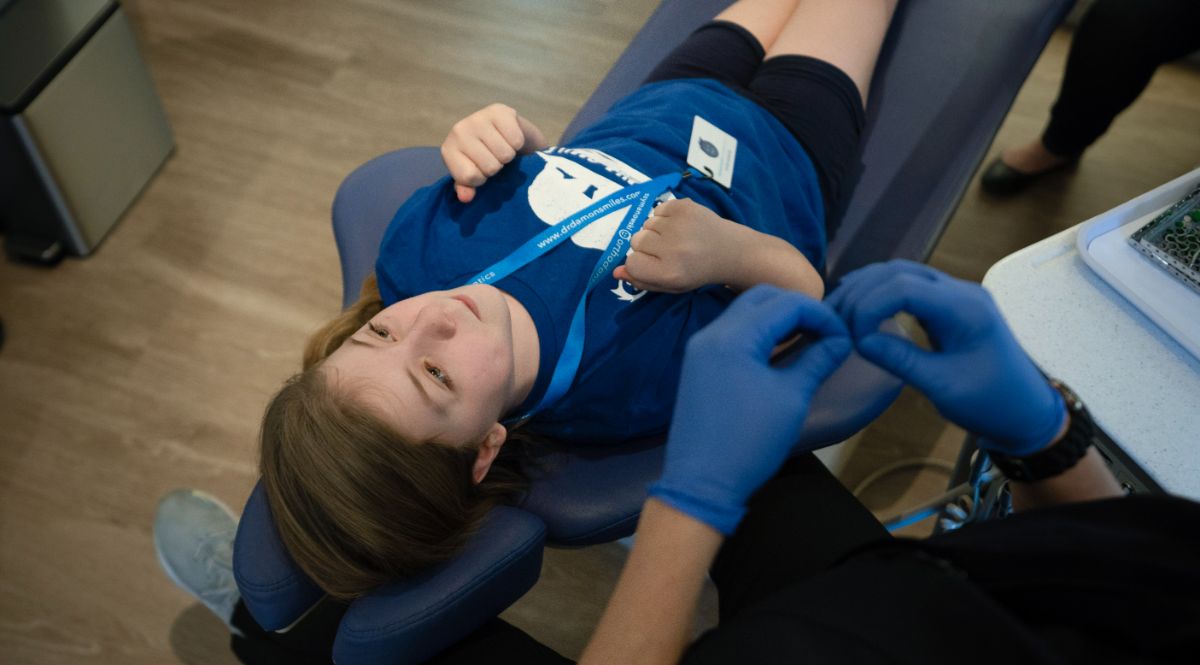
Understand How to Brush
Even though this seems obvious, brushing teeth with braces is an added dental challenge! Because of this challenge, you may need to relearn some of your old brushing methods.
To begin, you’ll need to use a gentle, circular motion with your toothbrush. Hold your brush at a 45-degree angle on the top and bottom of your brackets to be sure to clean each tooth thoroughly. That means you will be brushing in three different positions for each part of your mouth for at least 30 seconds each.
Don’t forget to brush the backs of your teeth, along your gum line, and your tongue! Plaque is pesky and can hide anywhere!
Don’t Underestimate the Power of Rinsing!
Rinsing your mouth with water, mouthwash, or even a water flosser is a great way to maintain the cleanliness of your teeth throughout the day. Not only does rinsing keep your breath smelling fresh, but it also removes food particles that can easily become lodged in between brackets or teeth. You don’t want to “save your food for later,” and regular rinsing can help make sure you don’t.
Water flossers are excellent tools for keeping your mouth rinsed and clean. Like regular dental floss, water flossers like the WaterPik use a steady stream of water to dislodge food particles from those hard-to-reach places in your mouth. Although they can’t replace regular dental floss, they are a perfect supplement for your rinsing routine.
Understand Why Brushing is Important
If you have been brushing your teeth your whole life, it makes sense to wonder why you have to change your routine with braces. After all, isn’t brushing obvious? While the simple 2-minute method of brushing that your dentist taught you is the best way to manage your teeth without braces, it is only a foundation for brushing with braces. There are multiple extra steps you need to take when brushing with braces, and knowing why makes all the difference.
Typically, poor brushing isn’t very noticeable until the day your braces are taken off. We sometimes find discoloration around the area the bracket was attached when this happens. Permanent white spots may form on your teeth, causing a bleached-out look on only some parts of each tooth. Because these spots form around the bracket, it can be very apparent that they are due to poor brushing around braces. In other cases, even more noticeable brown spots are left behind.
For patients who have worn braces for years, it can be very disappointing to wind up with straight but spotty teeth. That’s why our list of tips for brushing with braces is about to become your best friend!

Find the Right Orthodontist For You at Szymanowski Orthodontics
One of the most important aspects of getting the most out of your journey with braces is making sure the team behind you knows how to support you. The Szymanowski Orthodontics team has years of experience and training – that means we know how to guide your smile success story from beginning to end without a hitch. When questions come up, whether they’re about brushing your teeth with braces or learning which treatment method is suitable for your unique smile, our team is here for you.
Haven’t set up a free consultation yet? Don’t hold back – schedule it today!
